Theory and Practice in the Art Museum
An art museum or art gallery is a building or space for the exhibition of art, usually visual art. Museums can be public or private, but what distinguishes a museum is the ownership of a collection. Paintings are the most commonly displayed art objects; however, sculptures, decorative arts, furniture, textiles, costumes, drawing, pastels, watercolours, collages, prints, artist's books, photographs, and installation art are also regularly shown. Although primarily concerned with providing a space to show workd of visual art, art galleries are sometimes used to host other artistic activities, such as performance arts, music concerts, or poetry reading. The term relates to public and private institutions. Public galleries are non-profit or public museums displaying selected art collections. Private galleries refer to commercial enterprises for selling art. However, both types may host travelling echibits or temporary exhibitions including art borrowed from elsewhere. University art museums and galleries constitute collections of art developed, owned, and maintained by all kinds of schools, community colleges, colleges, and universities. This phenomenon exists in the West and East, making it a global practice. This book offers to unravel complex theories as applied in everyday practice through examples from national and international museums. The book will prove invaluable for all professional museum educators and volunteer docents as well as museum studies students, art and art history teachers, curatora, and museum administrators.
Get it now and save 10%
BECOME A MEMBER

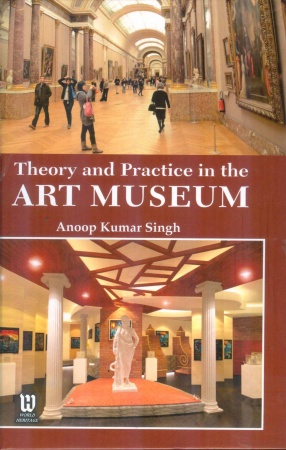
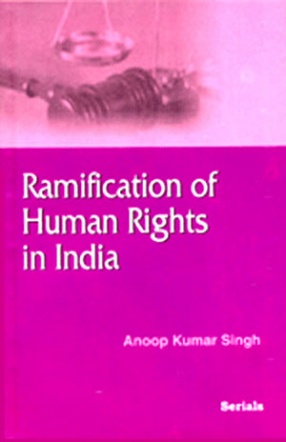



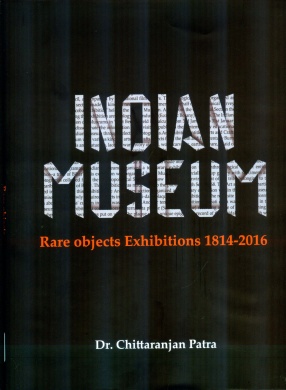
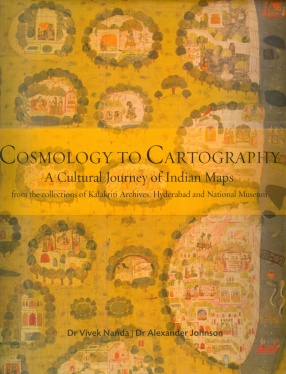
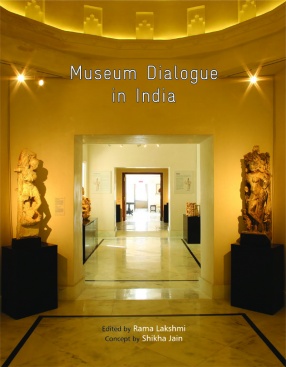
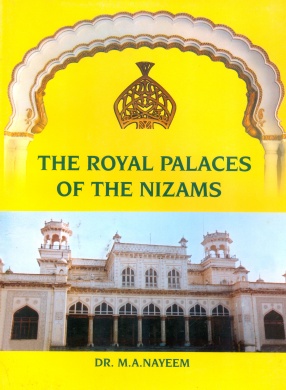

Bibliographic information